Side Effects - Hair Loss
Hair Loss and Cancer Treatments
The author of "Hair Loss" was Linda Burhansstipanov, MSPH, DrPH (Cherokee Nation)
The scalp has about 100,000 hairs. Hair is grown from the root, which is underneath the skin inside a pouch called a follicle. Hair roots are made up of cells that quickly divide and duplicate. The roots are underneath your scalp. Small blood vessels provide nutrition to the root helping the hair grow. At any point of time, about 10% of your hair is resting (not actively growing).
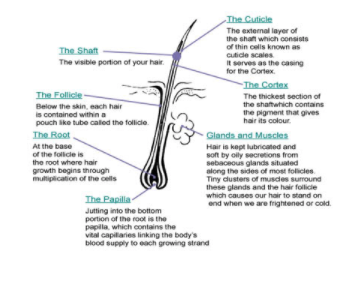
Native American Beliefs About Hair Loss
Examples of Native American cultural beliefs related to hair. Hair is important to people of all cultures, but holds some special cultural beliefs for some tribes (not all tribal Nations have special customs related to hair).
Label: Rosanne Wyman, Mohawk; Diagnosed 1987 with cervical cancer 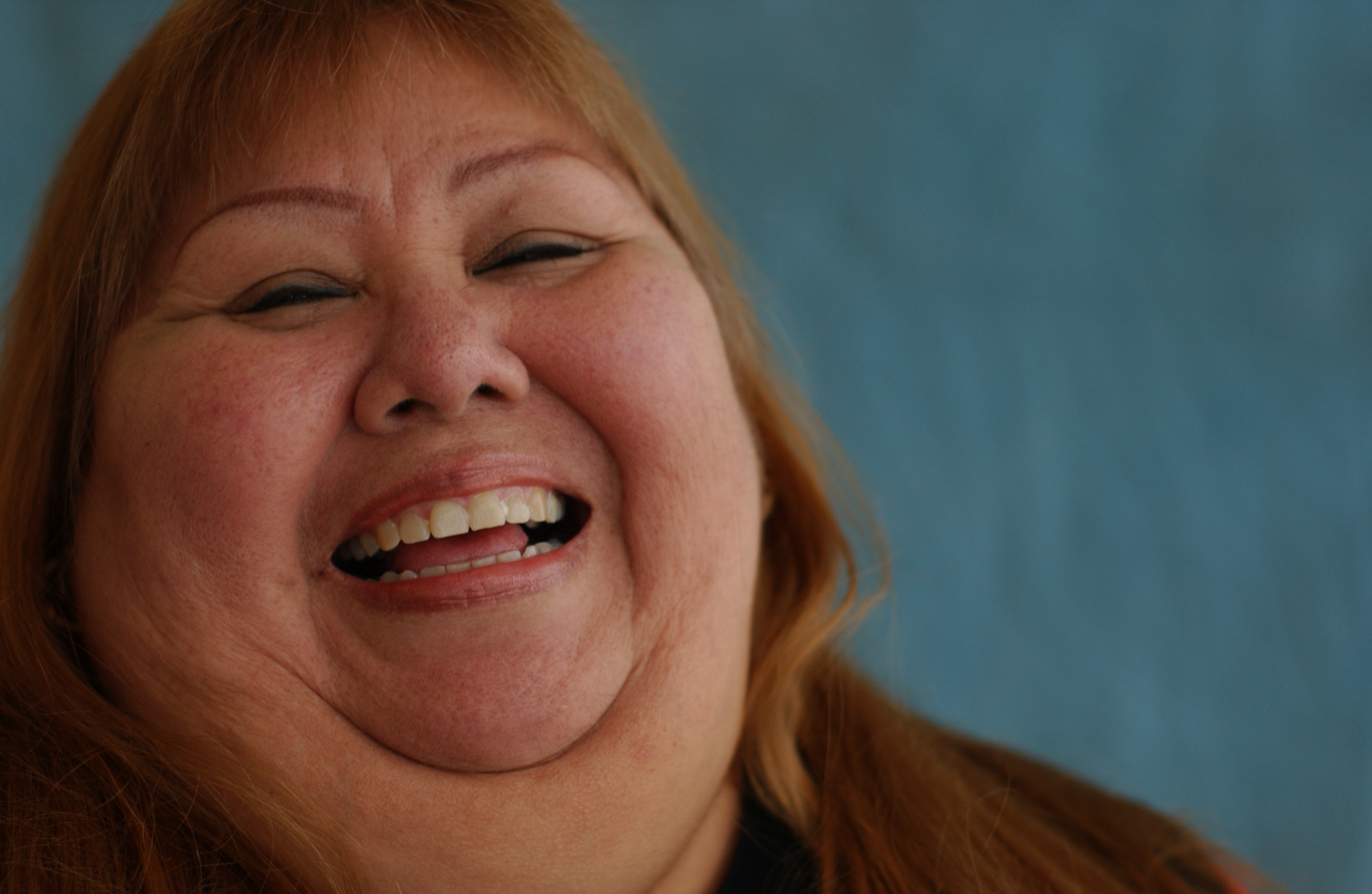
"We save our hair and when we die a silk pillow is made and filled with our saved hair. This is the pillow that we finally resy our head in the casket."
Label: CeCe Whitewolf, Confederated Tribes of Umatilla, Diagnosed 1998 with breast cancer 
"We believe that we need to take al our body parts with us when we leave this earth. Many people keep as much as possible the hair that falls out during the normal course of a day and the collection is put in a pillow for the deceased person and placed in the casket.
We believe that during the period of time when a person dies, the burial ceremonies arew completed and the body is put in the ground, the spirit of the person goes to all the places where his/her body parts are and collects the parts. The spirit does not like to be wandering too long to recover these parts and must get on his/her way.
Hair Loss (the "body" of the Medicine Wheel)
Jared, please add medicine wheel graphic here PATIENTS_NACES/MedicineWheel.png
What does it mean to say I will lose my hair? You may lose all, some or none of your hair with cancer treatment. Hair loss is temporary (hair will grow back) with chemotherapy, but may be permanent (hair does not grow back) with radiation therapy. The amount of hair you will lose and the places you will lose it from depend on what type of treatment you have.
Chemotherapy. Why hair loss occurs during chemotherapy
Why does chemotherapy (chemo) cause hair loss?
- Cancer cells grow and duplicate quickly.
- Chemotherapy uses drugs that kill cells or slow down their duplication.
- These drugs affect any cells that grow and duplicate quickly.
- Hair cells grow and duplicate quickly.
- Chemo affects both the healthy hair cells and the cancer cells.
- Most chemo will cause some hair loss.
- The amount is related to the type of chemo you receive.
-
Commercial Drug Name Generic Drug Name Effect [Most people have:] 5-FU adrucil, efudex fluorouracil  Some (mild) hair loss (minimal degree)
Some (mild) hair loss (minimal degree)Adriamycin 
doxorubicin  A lot of hair loss
A lot of hair lossCisplatin 
Platinol  Rarely have hair loss
Rarely have hair lossCytoxan 
cyclophosphamide  Moderate hair loss
Moderate hair lossEvista 
raloxifene  No hair loss
No hair lossFolex 
methotrexate  Some (mild) hair loss
Some (mild) hair lossGemzar 
gemcitabine  Some (mild) hair loss (minimal degree)
Some (mild) hair loss (minimal degree)Herceptin 
traztuzumab  No hair loss
No hair lossNolvadex Tamoxifen 
 No hair loss
No hair lossNovantrone mitoxantrone 
 Moderate hair loss
Moderate hair lossTaxol 
paclitaxel 
 Moderate hair loss
Moderate hair lossTaxotere 
docetaxel  Hair thinning
Hair thinningOncovin vincristine  Mild hair loss
Mild hair lossNavelbine 
vinorelbine  Mild hair loss
Mild hair lossXeloda capecitabine  Mild hair loss
Mild hair lossZoladex 
goserelin  Little to no hair loss
Little to no hair loss
- It also is dependent on how long you receive chemo and the dose of the chemo drug you get.
How does chemo cause hair loss?
- Chemo can harm the hair follicle (pouch that holds each hair) so that it makes brittle, weak hair that breaks off easily at the scalp or is easily pulled out.
- Chemo also can affect the DNA or genetic material within the hair root (found at the base or bottom of the hair "follicle") so that it does not duplicate for most of the time while the drugs are given to you to fight the cancer cells.
Why do some people not lose their hair when others using the same chemo preparation lose all of their hair?
- People react differently to the same chemo drugs.
- You may be taking exactly the same drugs, same strength (dosage) of those drugs, and same frequency (schedule) of those drugs as the patient sitting next to you in chemo.
- That patient may lose all of her /his hair and you may lose a little or have some thinning.
- For example, Adriamycin
 is usually used with one or two other drugs for most women who have breast cancer. Most women will lose all of their hair when receiving Adriamycin, but some women will lose less than others. When you receive more than one drug that can cause mild hair loss, you are more likely to lose your hair.
is usually used with one or two other drugs for most women who have breast cancer. Most women will lose all of their hair when receiving Adriamycin, but some women will lose less than others. When you receive more than one drug that can cause mild hair loss, you are more likely to lose your hair.
Quote from cancer survivor who requested to remain anonymous: "My chemotherapy started I think March 16th of '95 and by April 10th, I was totally bald. I don't think I had hair left on my body. The dramatic experience of losing your hair -- it's incredible. There's a tingling sensation that'll run from your head to your toes and ... the numbness that came over the top of my head and I remember running my hand through my hair and just gobs of it coming out."
Some people don't lose their hair during chemo, even when others using the same chemo drugs lose all of their hair. Others just have some thinning of the hair. And others lose all of the hair on their scalp, eyebrows, underarms, pubic hair - everything!
Label: Martha Red Willow, Oglala Sioux Tribe, diagnosed 1989 with breast cancer 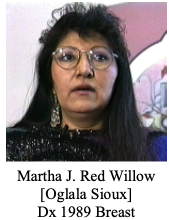
"I did lose a lot of hair when I'd take a shower I felt like wolf man, just pulling my hair there was gobs of hair just in my hands. Luckily I have thick hair and I will never ever complain about having thick hair, thank you God."
Label: Sarah S. Allman, Oglala Sioux, diagnosed 1970 cervical cancer 
"I lost some hair, but not all that much."
Label: Gloria Suazo, Taos Pueblo, diagnosed 1994 breast cancer 
"I used to hear a lot of scary stuff about chemo, you know how it makes you sick and you lose your hair and all this stuff. And I WAS scared of that more than anything else. But, when I started the treatment and went through it, it was just like, it was so easy. The only thing I did was lose my hair and that was also very drastic, you know. The very first treatment and my hair started falling out, but other than that, ah, it just went real smooth."
When does the hair grow back?
- Some people notice their hair beginning to grow back before their chemo ends.
- For others it begins to grow back after chemo is over.
- The hair usually comes in a little fuzzy at first, but then grows in.
- In some cases, people say their hair became curlier after it grew in or a little darker.
- But for most people, the hair is a little different than it was before chemo.
- Your hair usually will grow back within 3-5 months.
Why hair loss occurs during radiation therapy.
- Most people who have radiation therapy only lose their hair in the area where the radiation beam is targeted.
- For example, if you were having radiation to your head and scalp for a brain tumor, the hair is likely to fall out on that area of your head.
- Depending on how strong the dose of radiation and how many treatments you have, the hair may or may not ever grow back.
- Some people find that their hair is different when it grows back in.
- If you get chemo and radiation together, you will often lose your hair or have thinning.
- The hair will grow back except for where the radiation beam was targeted.
Label: Thunderhand Joey Garcia, Apache, diagnosed 1990 pancreatic cancer (former drummer for "Red Bone" and current drummer for "The Medicine Show") 
"Well, I went through my chemotherapy and I had to tell the guys in the band that now am going to lose my hair. ...Okay, now I was bald and I don't know, I thought it was okay. It wasn't as bad as I thought. But, anyway, so I cut all my hair off. I got it short about as short as Dawn's. Because I did not want to lose it from this. So I told cancer you can have my hair. That's all you're getting. No more. That's it. Take my hair."
What you can do to prepare for the possibility and to deal with hair loss
Anonymous Breast Cancer Survivor, 
"I cut my hair (it was only about 5 inches long) and added it to my other collected hair from before I had cancer. I made a satin pillow and used my own hair for the padding. I did ceremony with our traditional healer, then she blessed my head, my hair and my pillow."
What does it feel like?
- Many people going through chemo or radiation notice that their scalp feels tender. What does it feel like?
- Some say they felt a tingling sensation and others a burning sensation. Some say their scalp didn't feel any different from how it normally feels.
How does it happen?
- You may experience no hair loss at all
- Others have patches of baldness or the baldness may be over your whole head and body (eyelashes, eyebrows).
- For most people, the hair loss begins within a few weeks of starting the chemo.
- It may begin to slowly thin or it may feel like you are suddenly losing large bunches of hair all at once.
- It may come out in clumps over several days.
- Sometimes you get up in the morning and notice large gobs of hair left on your pillow and sheets, or in the shower after washing your hair.
- Hair loss can be very different in the same patient between one series of treatments and another.
- If you have a series of chemo treatments and then have a break of a few months before your next series, you may experience some hair loss during one series, but not the other. That will depend on the amount and type of chemo you get.
What may help reduce the hair loss and protect my hair as it grows back
- Use baby shampoo or some other very gentle, mild shampoo when you wash your hair
- Use a satin pillowcase
- Use a soft bristle brush
- Avoid brushing, pulling (such as during braiding), scratching or rubbing your hair or scalp
- Avoid braiding your hair. Braiding involves pulling on the hair to make a tight braid. This can result in pulling out large clumps of hair
- Avoid using a curling iron, hair rollers, and don't tease (rat) your hair
- Avoid using a hair dryer
- Do not dye your hair or get a permanent
- If your hair is longer than a few inches,You may want to cut it.:
- The long hair is heavier in comparison to short hair and breaks off more easily during chemo.
- You may want to braid your long hair and have someone cut it so that the braid can be donated to make wigs for yourself or others
- Place an elastic band about two inches from your scalp for the "top" of the braid and an elastic band at the bottom of the braid
- The additional two inches at the top of the braid is to allow for a short hair style unless you want to go for a very short (1/4 to 1/2 inch hair length hair style)
- Cut right above the top elastic band
- All result in pulling the hair and can increase hair loss
Protecting your scalp from weather (cold and sun)
- If you do have some hair thinning or hair loss, you need to protect your scalp from both the sun ray's and from the cold.
- You may be more sensitive to sunburn while going through chemo or radiation and your scalp is used to having the protection of hair.
- If you are outside, wear sunscreen and a hat or head covering of some type.
- During the cold weather you lose a lot of body heat from your head. You need to keep it covered to avoid becoming chilled.
How to deal with hair thinning or loss (wigs, turbans, hats)
- Wigs.
The American Cancer Society provides wigs free-of-cost. Many Native women have had difficulty finding a wig from the American Cancer Society because they were primarily blonde or light-haired.
Anonymous Breast Cancer Survivor, 
- When the NACR Native Patient Navigators (Native Sisters) called the American Cancer Society where the woman above had visited, the staff was very willing to help her find a wig that matched her normal hair coloring
- After this experience, they purchased additional black and brown hair wigs for other women
- Sometimes we have to speak up so that others understand what it is we need or want
- The woman above did finally go back and accept their help in finding a wig that fit
- The American Cancer Society recommends that you get a wig or toupee before hair loss begins so that you can match the color of the wig to your natural or normal color of hair
- They also recommend that you get a prescription from your provider for the wig if you have insurance
- Wigs are made of different types of materials
- Some may make you feel hot and sweaty
- Others have linings of fabric to which you may be allergic, or it may feel itchy
 "I was too embarrassed to go out being bald. I called my daughter who lives in the city and she couldn't come down to get me for a few weeks. So I just stayed in the house or was in the hospital getting my treatments. I didn't do nothing. Just stayed in the house and waited. I was really mad by the time my daughter came down, picked me up and brought me back up to the city. I was kinda mean to the sales lady who was trying to help me with the wig. My daughter told her that I was really mad at her and then I just started crying. I didn't want to be there. But I wanted the wig. And I didn't want to be crying. ... After I finally got my wig. I wore it to the store and I felt really good. I saw my neighbors and they were surprised about how good I was looking."
"I was too embarrassed to go out being bald. I called my daughter who lives in the city and she couldn't come down to get me for a few weeks. So I just stayed in the house or was in the hospital getting my treatments. I didn't do nothing. Just stayed in the house and waited. I was really mad by the time my daughter came down, picked me up and brought me back up to the city. I was kinda mean to the sales lady who was trying to help me with the wig. My daughter told her that I was really mad at her and then I just started crying. I didn't want to be there. But I wanted the wig. And I didn't want to be crying. ... After I finally got my wig. I wore it to the store and I felt really good. I saw my neighbors and they were surprised about how good I was looking."
Obviously, no one can buy the wig for you. You need to make some time in your busy schedule to find a wig that is comfortable and looks good on you. The Look Good Feel Better![]() program may send a volunteer to meet with you to help you with your wig fitting and with make-up (especially if you have also lost your eyebrows and eyelashes).
program may send a volunteer to meet with you to help you with your wig fitting and with make-up (especially if you have also lost your eyebrows and eyelashes).
If you live in the city, you may find many places that sell wigs. But if you live on the reservation or in a rural area, you may not have a lot of choices or any choices of where you can find a wig. Some wigs are sold over the Internet, but then you have no way of knowing which ones are comfortable and look good on you.
Synthetic wigs wash better than real-hair wigs. They also are cheaper and more likely to be cooler than real-hair wigs.
Hair Loss (The "Mind" of the Medicine Wheel)

Preparing to deal with others and how they treat you
- Hair is one of the ways we demonstrate our femininity or masculinity.
- Many cancer patients say that when they lost their hair, they felt that they lost part of their identity.
- Others are more concerned with how their hair loss may affect their children or partner.
- You may try to set aside some time to talk through your entire treatment and the likely side effects with your loved ones before it begins. This process may help both you and them prepare for the side effects of treatment.
- If or once you become more comfortable with the possibility of baldness, it will help you deal with others who may be surprised or rude. Some people use humor, others prepare a list of possible responses to others' surprise at seeing them bald.
- Turbans, Scarves and Shawls.
- Turbans and scarves can be purchased over the Internet or through mail order. Turbans wrap around your head and most include instructions fordifferent ways to wear your turban. Scarves can also be worn in many different ways. Some include traditional Indian styles. Occasionally our women prefer to use their regalia shawl worn over the head. In one of our Native survivor support groups a Moslem woman was visiting and shared different ways to wear a shawl from her culture. Scarves and shawls have a lot of variability in how they can be worn in very stylish fashions.
- What are some other alternatives?
- Prescription drugs.
There are some prescriptive medications that may or may not be helpful. They do not work for all people, even when the patients are taking the same chemo preparation. Be sure to talk with your doctor before trying anything.
5. Scalp cooling products.
Debate continues about how beneficial scalp cooling products may be. The idea behind them is that blood carries the chemo drugs to all of your body. If you cool down your scalp, you are slowing down blood flow to the scalp where the hair roots are located. This means less blood and chemo drugs are getting to your hair roots. Because cooling causes less chemo to get to the scalp where some cancer cells may be hiding, many providers do not recommend their use. Current literature suggests that when appropriately used, hair loss is lessened in about 52% of those who use cooling products. Not everyone is a candidate for the use of scalp cooling and it is still considered experimental by many providers and insurance carriers. Talk with your healthcare team about whether you might be a candidate and the risks and benefits for you.
- Caps that hold ice cubes against your scalp
- Gel-filled caps that are placed in a special freezer in between use
- Electrically cooled cap that mean you have to remain sitting in the chair while this is plugged into the wall
- Cold Air Pocket Caps
Label: Thunderhand Joey Garcia, Apache, diagnosed 1990 pancreatic cancer (former drummer for "Red Bone" and current drummer for "The Medicine Show") 
"I finally lost all my hair and I walk into my outpatient therapy. Now mind you these people saw me walking into the City of Hope with long hair. Saw me walk into the City of Hope with short hair. Now they're seeing me walk into the City of Hope with no hair, and I got pissed off. I come in and I says, "don't [mess] with me, don't [mess] with me, . . . . . I am having a bad hair day. I've got just one hair and I can't do a thing with it." [Humor] was my attitude. I laughed through the whole thing."
Among the reasons why losing hair is uncomfortable for so many people is that you repeatedly have to explain to both people you know well and those you barely know, that you are being treated for cancer. It is a constant reminder and focus on the disease, rather than on you as a person. It is frustrating at times and other times rewarding at how open and accepting some friends and families are throughout this experience.
Understanding hair will grow back
- If you have lost your hair due to chemo, it is important to know that your hair almost always grows back.
- It may change in color or texture.
- You may be without hair for 6 months to a year, but the hair loss is a temporary condition.
- It is frustrating and at times annoying, but temporary for most survivors
For radiation patients, if the radiation dose was high to your head, the hair most likely will not grow back in that area of your scalp. You may need a wig or to change your hairstyle to cover the area.
Label: Arlene Wahwasuck, Prairie Band Potawatomi, diagnosed 2002 with Breast Cancer 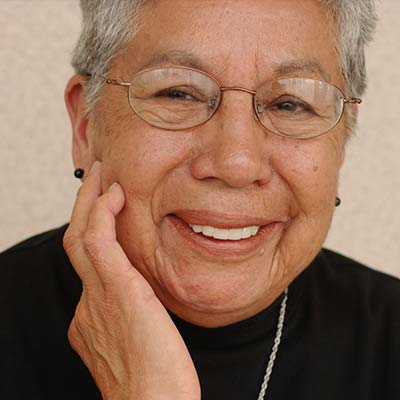
"It seems the tribes in this area have no specific beliefs relative to hair loss. Some wear a scarf, wig, or go about bald. Hair loss is acceptable with the knowledge the hair will grow back."
Label: Thunderhand Joey Garcia, Apache, diagnosed 1990 pancreatic cancer (former drummer for "Red Bone" and current drummer for "The Medicine Show")  "Three years later, I've got my health, my hair back, and I'm doing concerts again. I never stopped that, actually, I only got my hair back. I guess, just keep your faith, keep your strength, laugh a lot, and go on continue on your road."
"Three years later, I've got my health, my hair back, and I'm doing concerts again. I never stopped that, actually, I only got my hair back. I guess, just keep your faith, keep your strength, laugh a lot, and go on continue on your road."
Hair Loss (The "Emotion" of the Medicine Wheel)

Sexuality, identity and hair
- Hair is a very important part of our identity.
- Most people link hair and sexuality.
- However, most of us have people in our lives or view some celebrities who have thinning hair or who are bald as very sexual and appealing.
Anonymous Breast Cancer Survivor,  "When you lose your hair, I'm sure a lot of people have this thing with self esteem anyway. But because a lot of us are hiding behind our little gifts that we've been given: hair, eyebrows, and eyelashes and such; that when they're gone, when they're stripped, you really lose a lot. Your femininity has been questioned, you know, because you identify certain things with being feminine."
"When you lose your hair, I'm sure a lot of people have this thing with self esteem anyway. But because a lot of us are hiding behind our little gifts that we've been given: hair, eyebrows, and eyelashes and such; that when they're gone, when they're stripped, you really lose a lot. Your femininity has been questioned, you know, because you identify certain things with being feminine."
- Native women have dealt with the baldness by wearing a wig or by wearing a scarf or shawl in a very feminine fashion. Native men have also worn toupees or wigs.
Constant reminder of the ongoing fight with cancer
- Chemo and radiation treatments are both improving in their success against cancer.
- The hair thinning or baldness is a visible sign of the ongoing cancer treatment, but for most of us it is a temporary condition.
- Most survivors feel that the temporary hair thinning or loss was worthwhile to be able to have a treatment likely to cure or control their cancer.
Hair Loss (The "Spirit" of the Medicine Wheel)

Closeness to the Creator
- Protection against curses
- Tribal Nations have very different beliefs from one another.
- Several tribal Nations have special practices and beliefs related to the care of hair, how to handle hair that falls out, and how to handle hair that remains in your hairbrush or what to do with hair that is cut.
- The reasons for these practices vary by tribe, but for some, the hair needs to be cared and protected in a culturally respectful manner to avoid it being used for curses against the individual or her family.
label: Rosanne Wyman, Mohawk; Diagnosed 1987 with cervical cancer 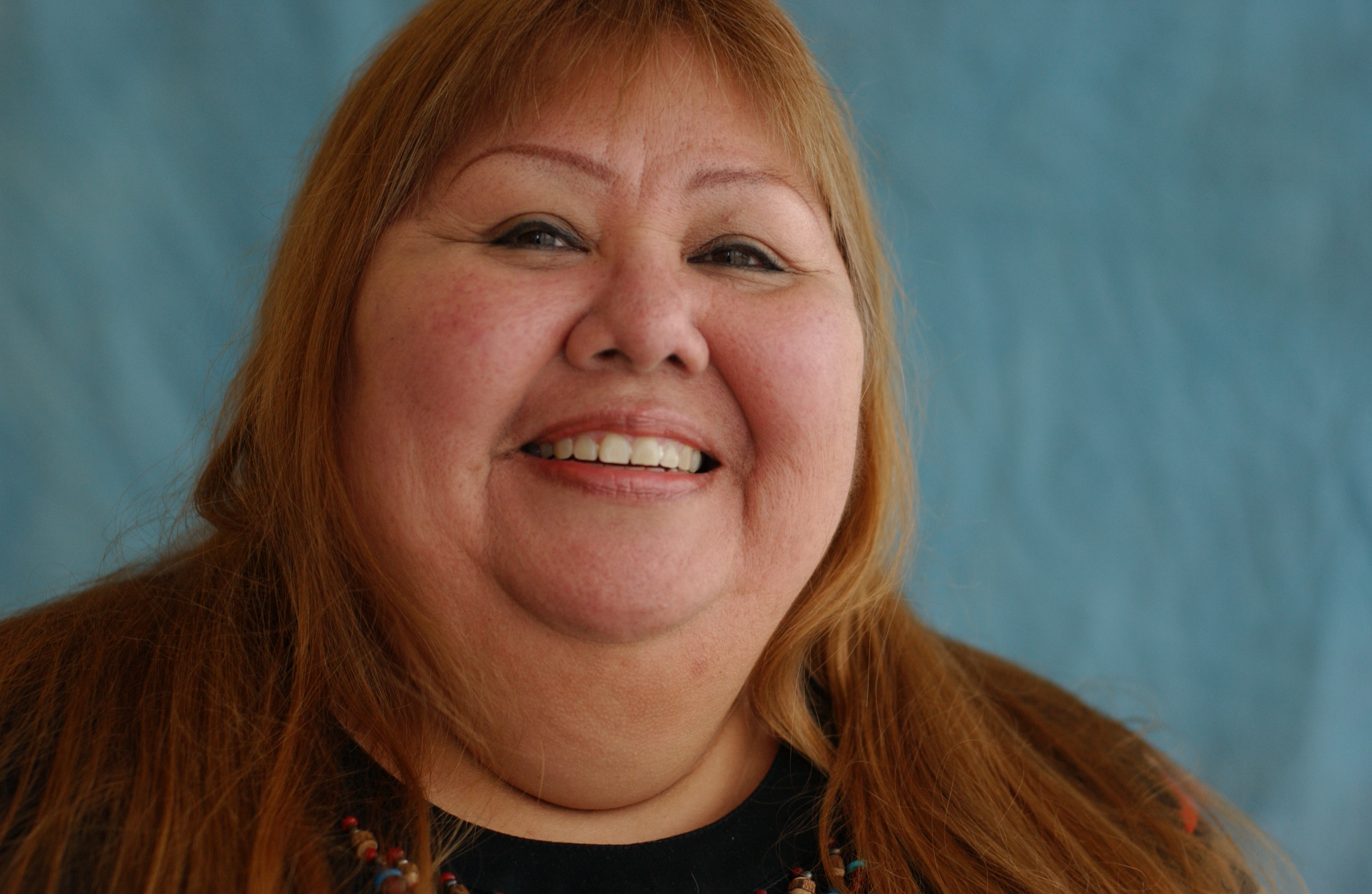
"Some believe that the longer your hair the closer to the Creator you become. Some men feel they should grow long beards and long hair. If they cut it, it goes to be saved for that pillow. Hence if you lose hair due to radiation or some type of loss, that connection to the Creator is weakened."
Label: CeCe Whitewolf, Confederated Tribes of Umatilla, Diagnosed 1998 with breast cancer 
"Hair is closely connected to the spirit of our people. Someone can take a piece and put "bad medicine" on it and make one sick. One can also pass on to others "sickness" if the hair comes from someone who is hurting."
label: Mary P. Lovato, Santo Domingo Pueblo, Diagnosed 1987 with bone cancer (AML, Leukemia)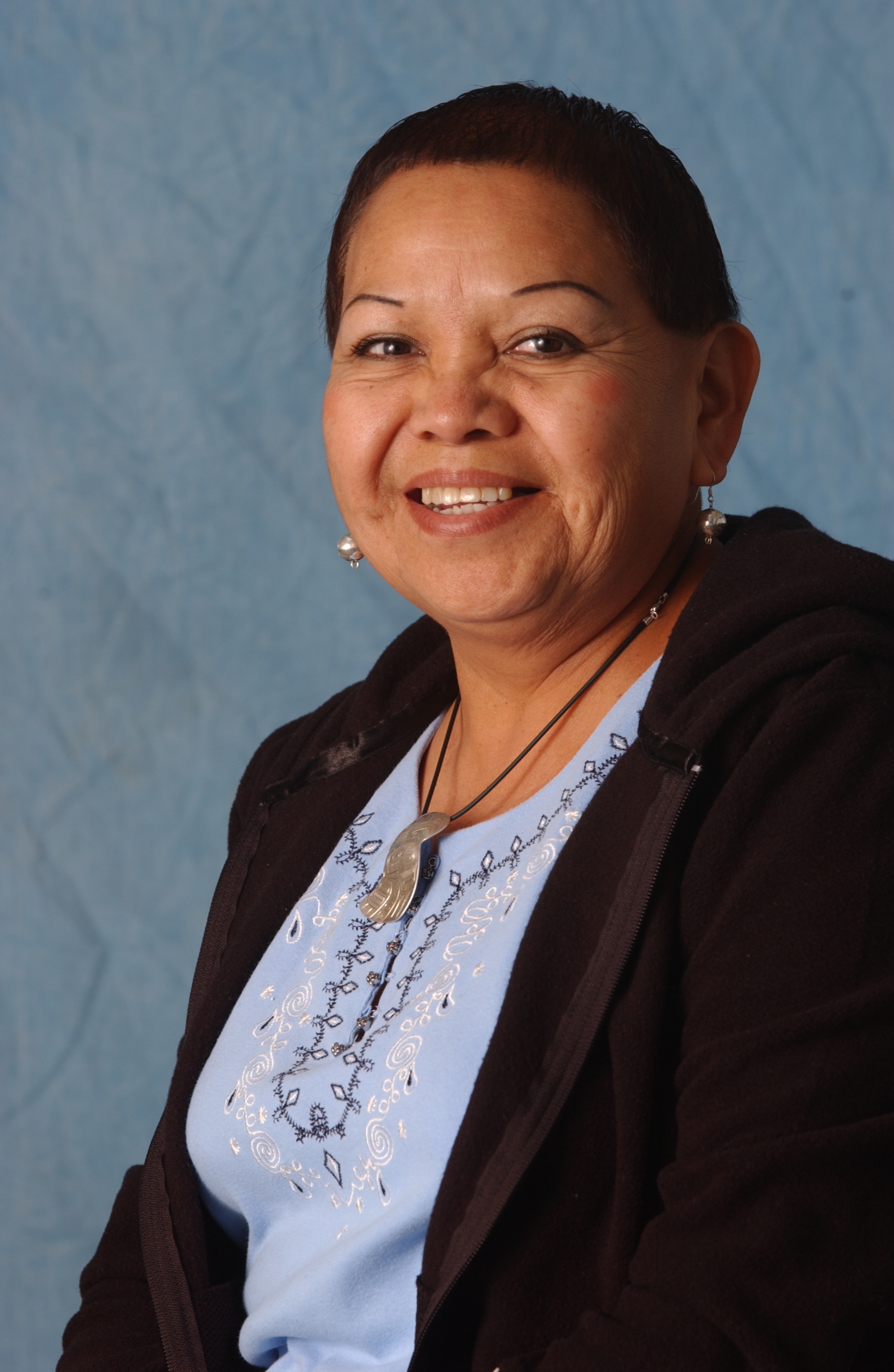
"We believe that with even one hair, someone can use that hair to curse you. They can take your heart and soul."
Financial help to purchase head coverings
Many hospitals provide wigs at a low cost or for free. The American Cancer Society also is a major supplier of wigs for people who cannot afford to purchase their own. Several other foundations provide wigs and volunteers to help you find a good fitting wig or head covering (see the financial resources leaf).